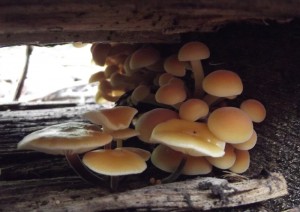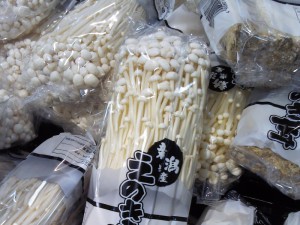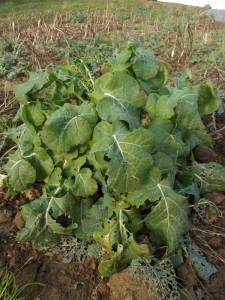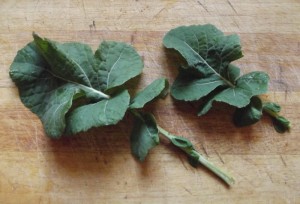Email: geoffdann@hotmail.com
Phone: 07964 569715
21/01/2016
Midwinter is a lean time for foraging. We’re just heading into what is statistically the coldest month of the year, and properly cold temperatures have finally arrived in the UK. The only fungi you’re likely to find are Jew’s Ears and Velvet Shanks, and you’ll need a good dose of luck to come across those. Although I was rather pleased to find this lot, which were sneakily hidden inside a dead log, making them rather hard to spot but worth finding from a photographic point of view, because the very fact that they are growing in a restricted space,
with restricted light, has meant they more closely resemble their cultivated descendents Enokitake
than Velvet Shanks normally do. The Japanese force this species to grow into this strange, spaghetti-like form by growing them in the dark, in canisters, with an elevated level of carbon dioxide.
In terms of plant foraging, the most advanced Alexanders plants are just reaching their best for harvesting and using the succulent stems, although most of them are still much too small and won’t be ready for a few more weeks. Alexanders is a coastal specialist, and where it is present it is usually present in invasive quantities.
The same cannot be said for Wild Cabbage. Wild Cabbage (Brassica oleracea), is the wild ancestor not only of cultivated cabbages but also broccoli, cauliflower, kale, brussels sprouts and kohlrabi. It is native to coastal areas of western and southern Europe, but it doesn’t compete well with other plants and therefore tends to be restricted, naturally, to its most preferable habit, which is chalk sea cliffs. It is not particularly common.
However, it does also sometime thrive in disturbed ground near the coast, and not exclusively in chalk/limestone areas. Right now there’s loads of it growing in otherwise barren mud, all along the sides of the new Hastings-Bexhill link road. This is acidic, sandy soil, about a mile inland from the sea. It’s likely to be brief, localised hey-day for the Wild Cabbage. Come the spring this mud will doubtless become a sea of early-colonising “weeds”, hopefully (from a foraging point of view) including loads of juicy Fat-Hen.
For now I will enjoy this rare glut of Wild Cabbage. It is actually much tastier than any of its cultivated forms – the same taste, just stronger. The stems can be stringy, so you need to strip the leafy parts of the leaves before steaming for a few minutes and serving with melted butter.




